OW Bunker recommends traditional hedging products for Q1 2010
Bunker firm advises clients to use swaps and physical fixed prices for the first quarter of 2010.
OW Bunker, one of the world’s largest suppliers and traders of marine fuel, has today advised that ship owners and operators utilize traditional hedging instruments as a means of managing risk for the first quarter of 2010.
In the OW Bunker Risk Management Quarterly Report, the company recommends customers use swaps and physical fixed prices, hedging 20% – 30% of physical bunkers in early 2010 and then waiting to hedge the remaining volume in the third or fourth quarter of 2010.
OW Bunker also advises utilizing calls options due to the uncertainty of the market’s direction and the relatively low premium and volatility for call options.
"Choosing the right hedging strategy has become a vital decision for ship owners and operators in managing bunker fuel costs that have doubled over the past year," OW Bunker said.
From a trading perspective and in a crude-led market, OW Bunker believes that prices for Q1 2010 should range from between $63 to $87 BBL with no clear buy or sell signals, and the advice for flat price traders remains to buy on dips and sell on highs.
With gas oil relatively weak in relation to fuel oil, OW Bunker recommends selling the fuel crack spread for Q3 2010 at minus $12, which will be profitable once demand for distillate fuel improves.
The implementation of the new EU Sulphur Directive on 1st January 2010 and the impending introduction of 1.0% sulphur bunker fuel Emission Control Areas in July 2010 when the revised MARPOL Annex VI comes into force has also created interest with the high/low spread, which could strengthen with the inevitable increase in demand for low sulphur fuel oil.
In anticipation of this, OW Bunker recommends buying the high/low spread at $20 for 2011, which will return healthy profits.
Morten Dehn, General Manager, OW Bunker Risk Management, said: “The market is clearly unsettled, with real uncertainty on the strength of the economic recovery, which is creating volatility in crude and fuel oil prices. While current prices are on the high side, the market may continue to defy the fundamentals in anticipation of an increase in demand, particularly from China and emerging economies. We are taking a neutral to bearish view for the first quarter due to the uncertainty over short-term economic data, however for the whole of 2010, we believe that prices will ultimately increase due to stronger demand and stock draws.”
Dehn continued: “The most important point for owners and operators in these turbulent times is to create as much stability and control as possible, locking in costs and maximising profitability. This is best achieved through the implementation of a multifaceted risk management strategy that utilizes a range of hedging instruments, with a particular focus on physical fixed prices.”
In the OW Bunker Risk Management Quarterly Report, the company recommends customers use swaps and physical fixed prices, hedging 20% – 30% of physical bunkers in early 2010 and then waiting to hedge the remaining volume in the third or fourth quarter of 2010.
OW Bunker also advises utilizing calls options due to the uncertainty of the market’s direction and the relatively low premium and volatility for call options.
"Choosing the right hedging strategy has become a vital decision for ship owners and operators in managing bunker fuel costs that have doubled over the past year," OW Bunker said.
From a trading perspective and in a crude-led market, OW Bunker believes that prices for Q1 2010 should range from between $63 to $87 BBL with no clear buy or sell signals, and the advice for flat price traders remains to buy on dips and sell on highs.
With gas oil relatively weak in relation to fuel oil, OW Bunker recommends selling the fuel crack spread for Q3 2010 at minus $12, which will be profitable once demand for distillate fuel improves.
The implementation of the new EU Sulphur Directive on 1st January 2010 and the impending introduction of 1.0% sulphur bunker fuel Emission Control Areas in July 2010 when the revised MARPOL Annex VI comes into force has also created interest with the high/low spread, which could strengthen with the inevitable increase in demand for low sulphur fuel oil.
In anticipation of this, OW Bunker recommends buying the high/low spread at $20 for 2011, which will return healthy profits.
Morten Dehn, General Manager, OW Bunker Risk Management, said: “The market is clearly unsettled, with real uncertainty on the strength of the economic recovery, which is creating volatility in crude and fuel oil prices. While current prices are on the high side, the market may continue to defy the fundamentals in anticipation of an increase in demand, particularly from China and emerging economies. We are taking a neutral to bearish view for the first quarter due to the uncertainty over short-term economic data, however for the whole of 2010, we believe that prices will ultimately increase due to stronger demand and stock draws.”
Dehn continued: “The most important point for owners and operators in these turbulent times is to create as much stability and control as possible, locking in costs and maximising profitability. This is best achieved through the implementation of a multifaceted risk management strategy that utilizes a range of hedging instruments, with a particular focus on physical fixed prices.”
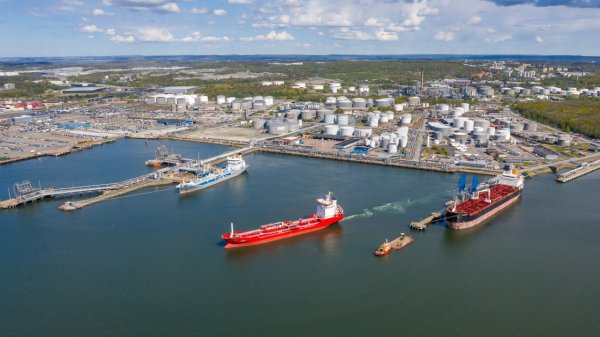
|
Swedish biomethane bunkered in Gothenburg
Test delivery performed by St1 and St1 Biokraft, who aim to become large-scale suppliers. |
|
|
|
||
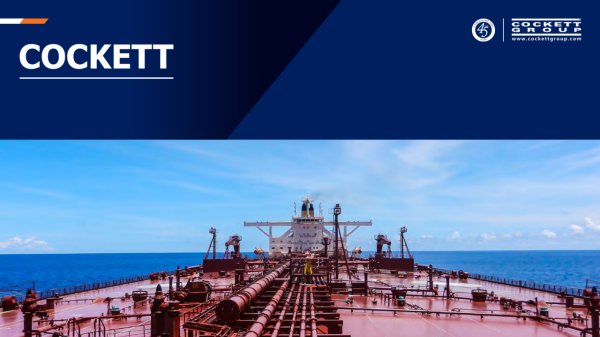
|
Cockett to be closed down after 45 years
End of an era as shareholders make decision based on 'non-core nature' of Cockett's business. |
|
|
|
||
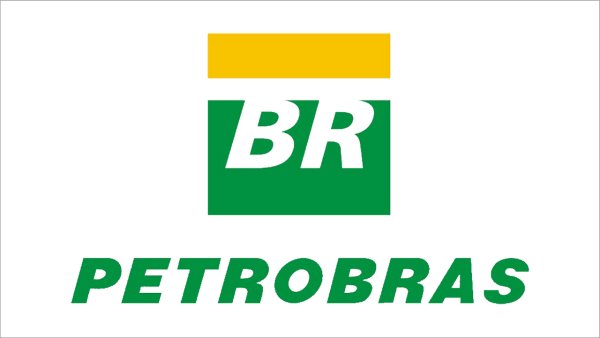
|
Petrobras confirms prompt availability of VLS B24 at Rio Grande
Lead time for barge deliveries currently five days. |
|
|
|
||
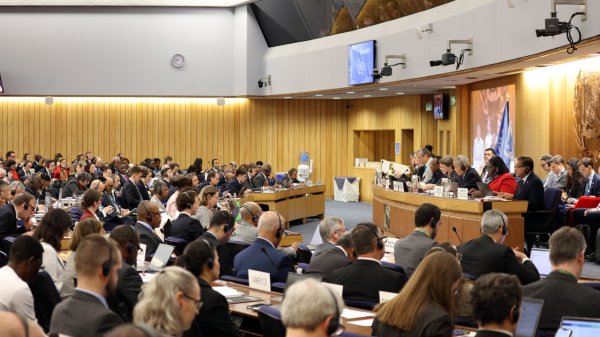
|
IMO approves pricing mechanism based on GHG intensity thresholds
Charges to be levied on ships that do not meet yearly GHG fuel intensity reduction targets. |
|
|
|
||

|
VARO Energy expands renewable portfolio with Preem acquisition
All-cash transaction expected to complete in the latter half of 2025. |
|
|
|
||

|
NYK trials biofuel in milestone coal carrier test
Vessel is used to test biofuel for domestic utility company. |
|
|
|
||
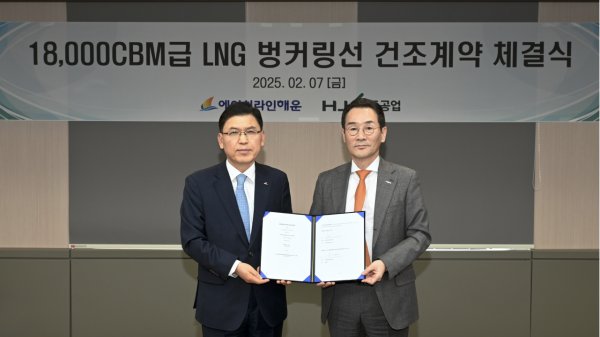
|
H-Line Shipping orders LNG bunkering vessel
Vessel with 18,000-cbm capacity to run on both LNG and MDO. |
|
|
|
||

|
How to engineer and manage green shipping fuels | Stanley George, VPS
Effective management strategies and insights for evolving fuel use. |
|
|
|
||

|
Swedish government bans scrubber wastewater discharges
Discharges from open-loop scrubbers to be prohibited in Swedish waters from July 2025. |
|
|
|
||
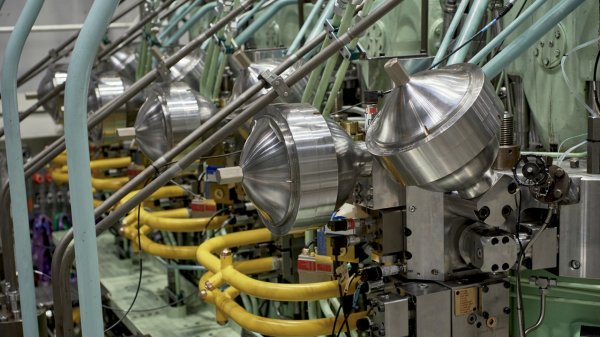
|
MAN Energy Solutions achieves 100% load milestone for ammonia engine
Latest tests validate fuel injection system throughout the entire load curve. |
|
|
|
||
Related Links
- · OW: 'Physical hedging is key to managing risk' [Insights]
- · OW Bunker Asia appoints Financial Manager [Insights]
- · New Branch Manager for OW Bunker HK [Insights]
- · Denmark [Directory]

